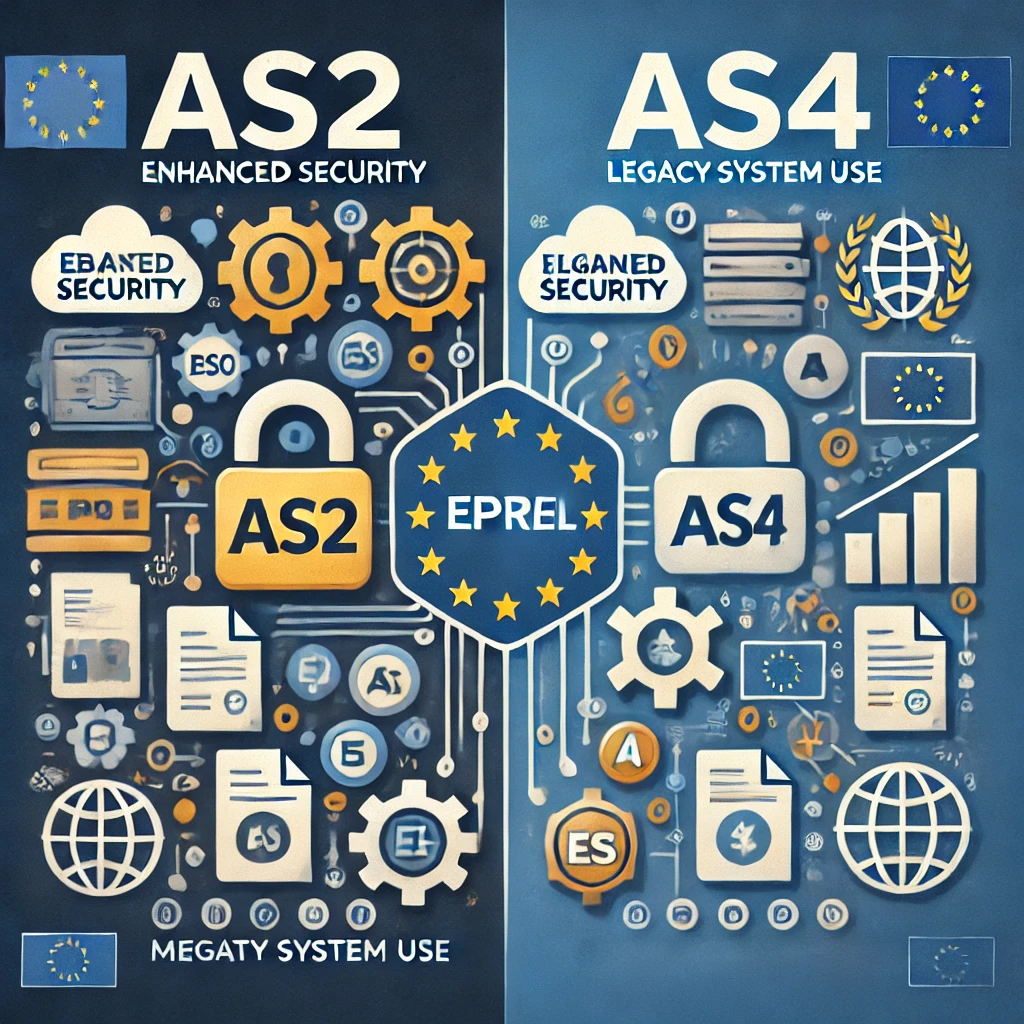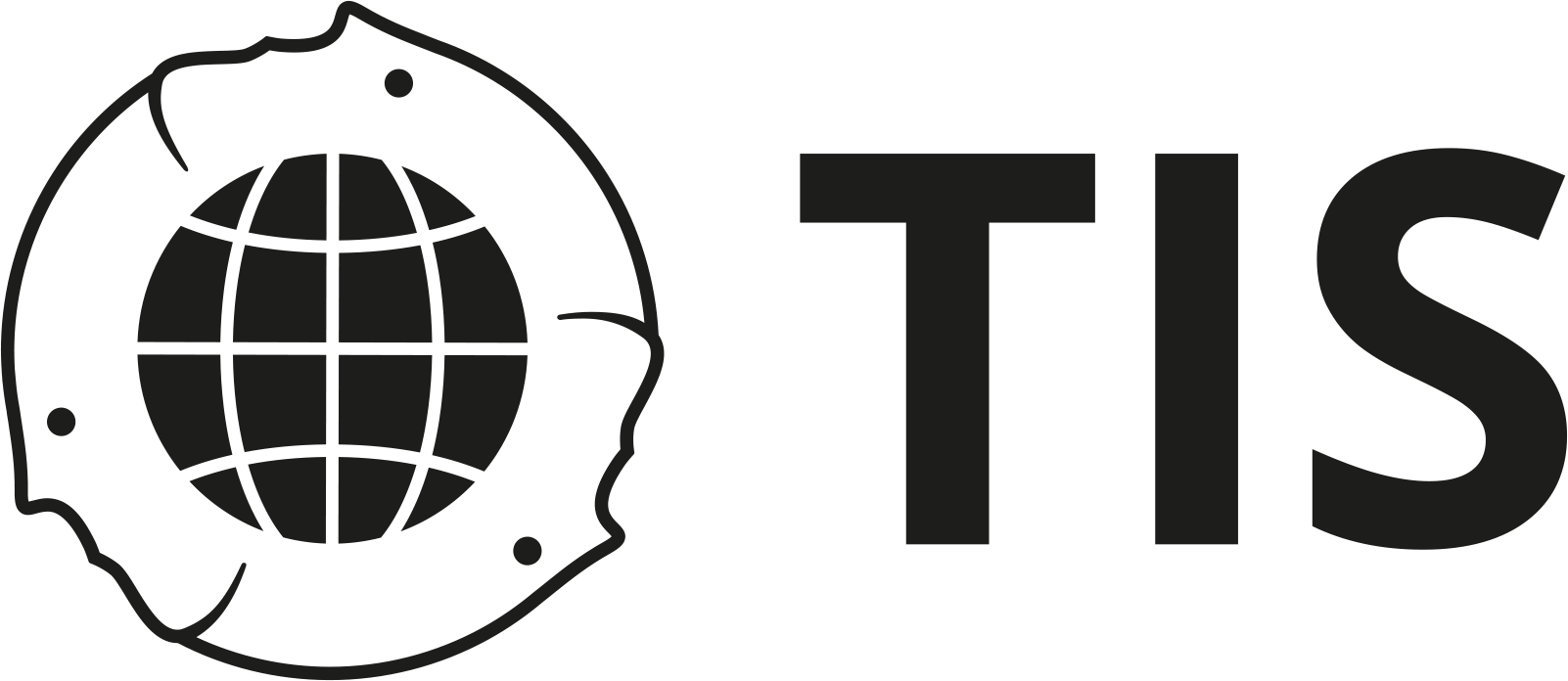AS2 vs. AS4: Navigating the Protocol Landscape in the Context of EPREL and Beyond

EPREL (European Product Database for Energy Labelling) is a tool used in the EU for tracking energy efficiency in products. It helps consumers make informed choices and ensures companies meet energy labeling rules. As we work with EPREL, we see the need for robust data protocols. The choice of protocol can significantly impact how data is handled, which brings us to the comparison between two prominent file transfer protocols: AS2 and AS4.
A Look at AS2
AS2, Applicability Statement 2, has been around for years. It’s a popular and trusted method for securely exchanging data over the internet, especially in supply chains.
- Simplicity: AS2 is simple and reliable. It has worked well for sending documents like invoices and purchase orders. Yet, this simplicity can be a limitation as our systems become more complex and need more flexible approach.
- Security: It provides basic security with encryption and digital signatures. However, as security needs of modern digital platforms and regulatory requirements grow, AS2 may just not be enough.
- Legacy Use: Many companies still use AS2 because it’s familiar and it has good support. “If it ain’t broke, don’t fix it”.
The Shift to AS4
AS4 is newer protocol and offers more flexibility. It builds on web services and is part of a larger digital strategy in the EU.
- Enhanced Security: AS4 includes better security features, offering robust protection for sensitive information with enhanced encryption and digital signature capabilities.
- Modern Integration: It uses web services, making it easier to integrate with current IT systems and cloud platforms.
- Scalability: AS4 can handle more data and complex transactions. This makes it a future-proof choice for many companies.
EU Frameworks Embracing AS4
The shift to AS4 is not isolated to EPREL; it reflects a broader trend across EU initiatives with aim to enhance digital interoperability and security. Some notable frameworks and their timelines for migration to AS4 are:
- PEPPOL (Pan-European Public Procurement Online):
- Timeline: Transitioned from AS2 to AS4 in 2019. New PEPPOL access points had to support AS4 by April 2019, ,with a phased migration plan for existing ones.
- European eInvoicing:
- Timeline: Recommended AS4 in 2017, with many public administrations using it by 2020 to comply with e-invoicing rules.
- eDelivery Building Block:
- Timeline: Promotes AS4 as part of the Connecting Europe Facility since 2017, supporting secure message exchanges.
AS2 vs. AS4: Choosing the Right Protocol
So, which one is better… AS2 or AS4? Is it like choosing between iPhone12 and iPhone15?
4 should be better than 2, right?
Well, it’s not that simple. The later version doesn’t mean that it’s better (or worse). When deciding between AS2 and AS4, you and your organization should consider specific requirements and technological landscape.
Considerations for Choosing a Protocol:
- EU Directives compliance: If you need to comply with EU regulatory requests, then AS4 protocol is a must.
- Legacy Systems: If your organization operates within a legacy EDI environment, AS2 may offer a simpler path to implementation. Switching to new technology involves cost and effort.
- Modernization Needs: For businesses aiming to modernize and integrate with cloud services, AS4 offers the necessary tools for future scalability and innovation.
- Security Requirements: Both protocols provide robust security, but AS4 offers additional layers suitable for complex, high-security applications like EPREL.
Clearly, there is no “One size fits all” solution. Our organization chose AS4 protocol due to its alignment with the EPREL Directive.
What would be your choice?




